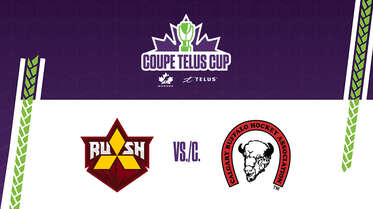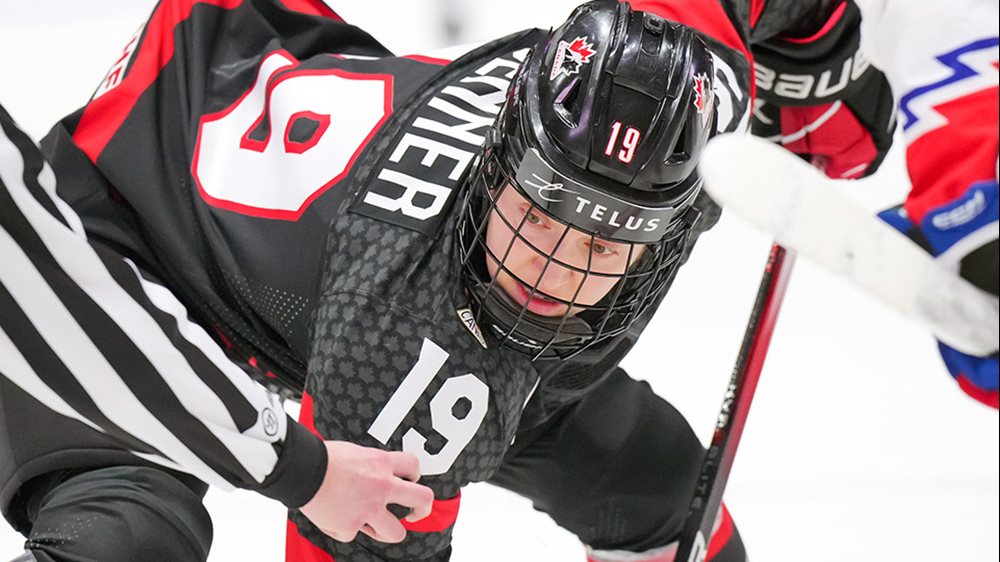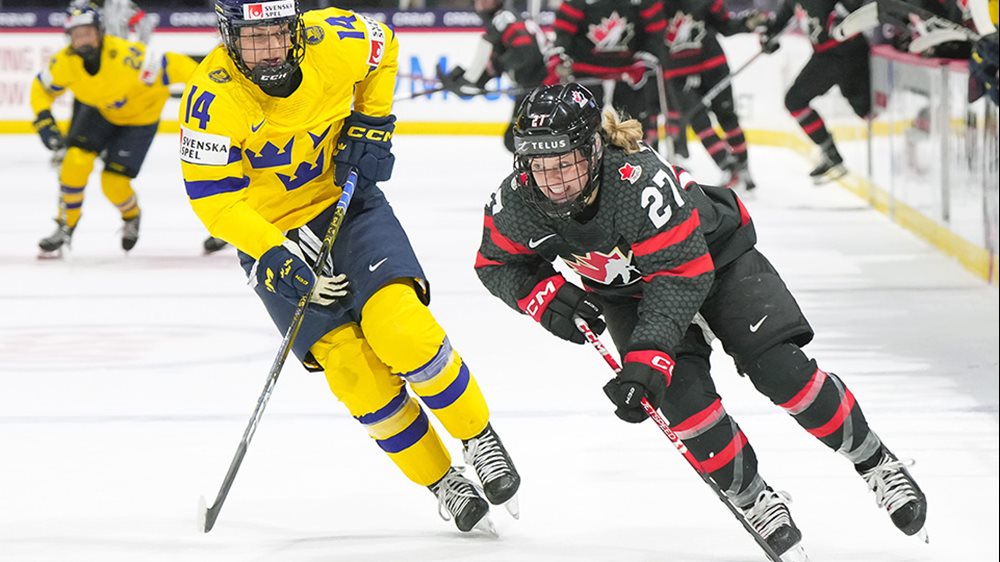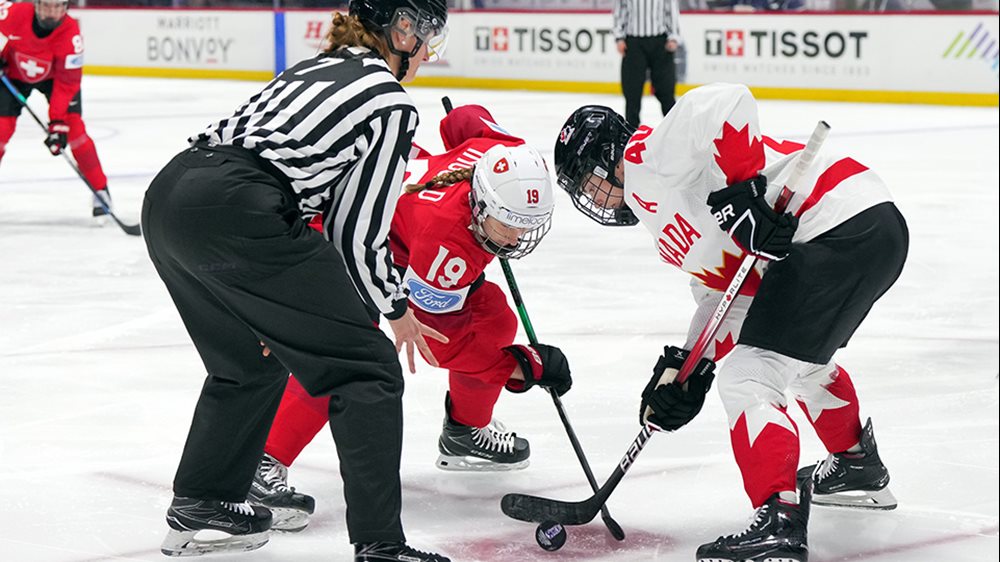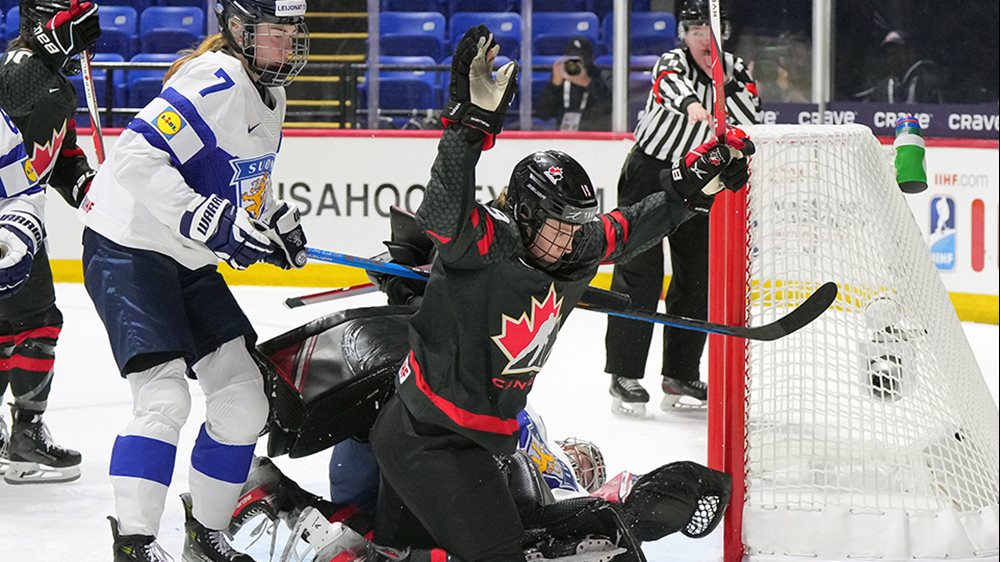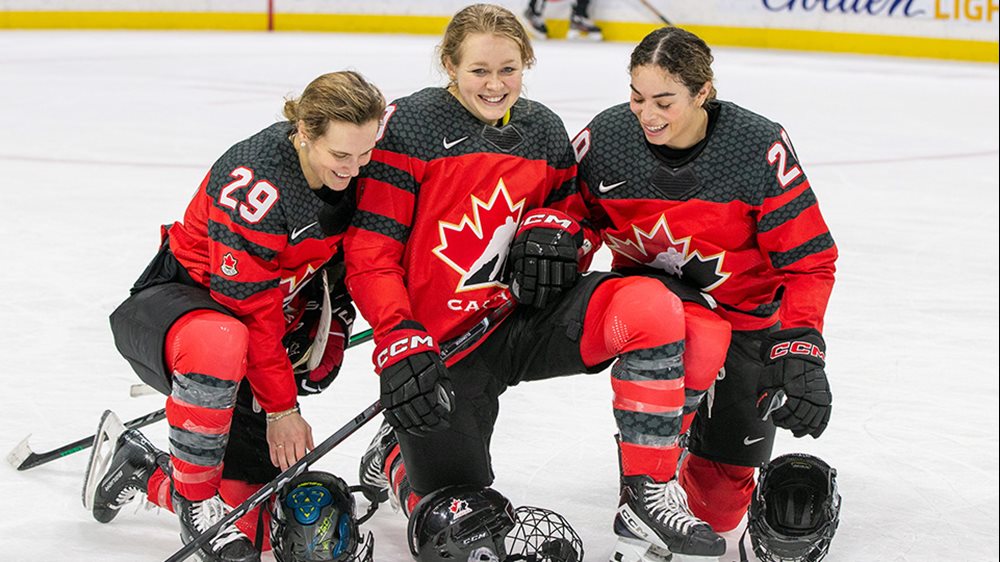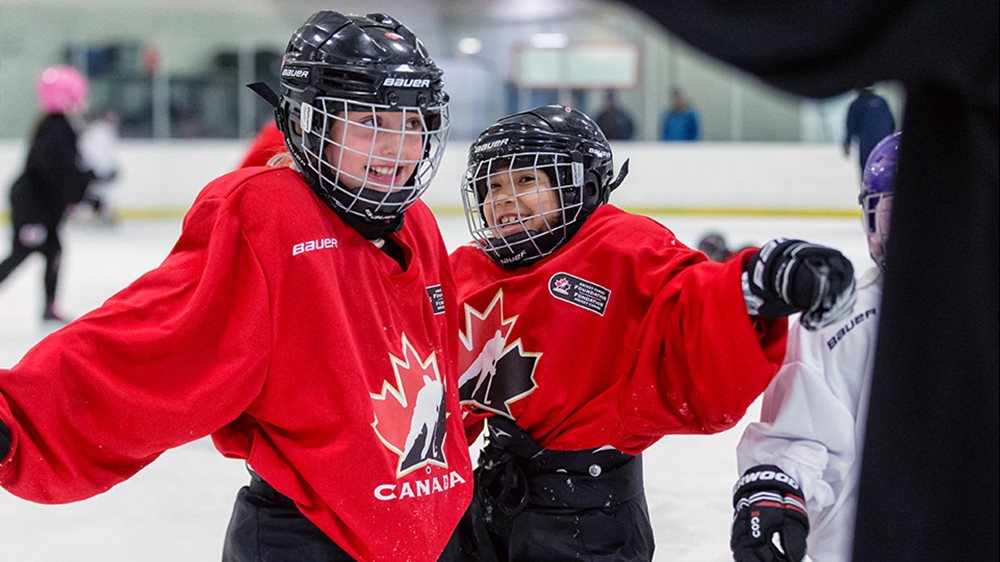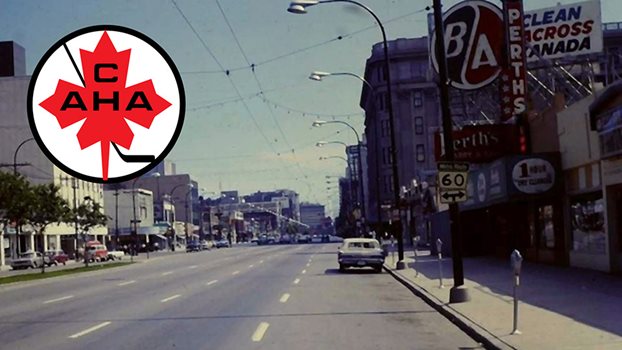
Where it all began
50 years ago this summer, the first national office of the Canadian Amateur Hockey Association opened in Winnipeg, ushering in a new era for Canada’s game
To accurately chart the explosion of hockey in Canada and perhaps internationally, one needs to identify a reference point.
Ken Mantin believes that epicentre for growth might have begun half a century ago in Winnipeg.
It was there that Canada’s national game detonated to what exists today as an extremely comprehensive and vibrant sports business and the baseline for the game worldwide.
With nearly 650,000 registered players in the country, according to statistics published by the International Ice Hockey Federation (IIHF) in 2016, Canada has more registered hockey players than the United States and Russia combined.
In fact, even with population growth taken into account that’s over 400,000 more than in the late 1960s. But the growth and development experienced today really started with humble beginnings.
Fifty years ago this summer, Canada took a major step to expanding the game nationally with the opening of the first head office of the Canadian Amateur Hockey Association (CAHA) in Winnipeg, a logical choice at the time because of the city’s central location in the country.
Mantin, now 81, was there from the beginning in 1967 as one of three full-time employees responsible for fostering, developing and growing the game along with overseeing Canada’s National Men’s Team, which was also now based in the Manitoba capital.
“It’s mind boggling to think (the office) started out with three people and with a vision to start from scratch to what it is today,” he says. “Back then money was very tight; professional contribution was nominal, so to do what we did and to grow the game was phenomenal.”
The CAHA head office was headed-up by Gordon Juckes, a longtime newspaper publisher from Saskatchewan who assumed the role as executive director.
Based on an extensive hockey background from involvement in his home province of Nova Scotia, Mantin was hired by Juckes following an interview in Quebec City. He was given the title of development coordinator and selected from an impressive application list of 300 hopefuls.
By late spring of 1967 Mantin, his wife Betty and three children were on the move from the Maritimes to the Prairies where they would settle for nearly five years.
The new CAHA office would also include administrative assistant Pierre Turmel from New Brunswick, and the three men worked closely together and for long hours each day in pursuit of their national mandate.
They used the second floor of the now demolished Winnipeg Arena (original home to the WHA’s and NHL’s Winnipeg Jets) as office space and for the national team to play home games.
Moreover, the newly built Dutton Memorial Arena on the campus of the private, university preparatory St. John’s-Ravenscourt School in south Winnipeg was the team’s practice facility and the school’s residences provided lodging for national team members.
Dutton Arena aided in the development of the national team for international competition, as it was equipped with an international ice surface, which until recently was the only one in Winnipeg.
“I just have wonderful memories of that time,” says Mantin. “So many of Canada’s national games were played in the Winnipeg Arena and they were very exciting.
“And the quality and type of young men we had on that team. They sacrificed a lot to stay with the national team. They were wonderful young men.”
The national team was certainly a focus for all three CAHA office members, but another primary responsibility for Mantin was the effective creation of hockey councils and the inclusion of civic and provincial hockey bodies under the CAHA (now Hockey Canada) umbrella.
“One of my roles was to try and bring the branches together,” says Mantin. “In order for the CAHA to be successful we needed to be successful and inclusive.
“The council system to me was the one that helped grow the CAHA and they all had a say about how minor hockey or junior hockey operated in the country.”
Until that point in time, the relationship in many cases between the provincial branches and CAHA lacked trust, understanding and a common goal for the betterment of the game across Canada.
“The CAHA was viewed as elite and aloof,” Mantin recalls. “And that’s why there was a lot of conflict. We took it from an autocratic group to a people’s organization.”
For example, prior to the creation of the national head office, national hockey meetings would consist of only 40 people. As time passed in Mantin’s tenure, that number grew to 200.
“We were able to bring recommendations up the ladder. That was the biggest thing was to get the grassroots people involved.”
The trickledown effect didn’t stop with just the creation of the first head office. In fact, through the vision, guidance and involvement of Mantin, Juckes and Turmel, it spawned the full-time development of full-time provincial offices, too.
“That growth really started in Winnipeg, to the point where provincial bodies had full-time offices. This united the provincial bodies to make the national body and the game stronger.”
In other words, those involved in the game at the modest levels suddenly had a voice that was being heard. Information was going back up the bureaucratic ladder rather than it continually being pushed down.
This type of cooperation also helped grow the game financially, especially with government support provincially and federally.
“Look at the growth now,” says Mantin.
After nearly four years in Winnipeg the CAHA head office was moved to Ottawa to comply with federal funding requirements applied to amateur sport.
Mantin went to Ottawa with the move in 1971 before returning to Nova Scotia to open up Sport Nova Scotia as its executive director. He remained in that position for nine years before becoming president of Hockey Nova Scotia for another 10 years.
He eventually retired in 1996 but remained active on a few boards and committees with both hockey and sport in general and was elected to the Nova Scotia Sports Hall of Fame in 1995.
“I had a very enjoyable career,” he says. “I met a lot of wonderful people. I don’t think there’s anybody better than sport people. There’s so many people that I’m still in touch with. Sport is a wonderful connection with people right across the country.
“And I loved Winnipeg. It was quite an experience. I don’t regret it and the work we were able to do during that time.”
To this day Mantin and Turmel, who resides in Fredericton, remain in contact via email. As for Juckes, he was inducted into the Hockey Hall of Fame in 1979 and passed away in 1994.
For more information: |
- <
- >

